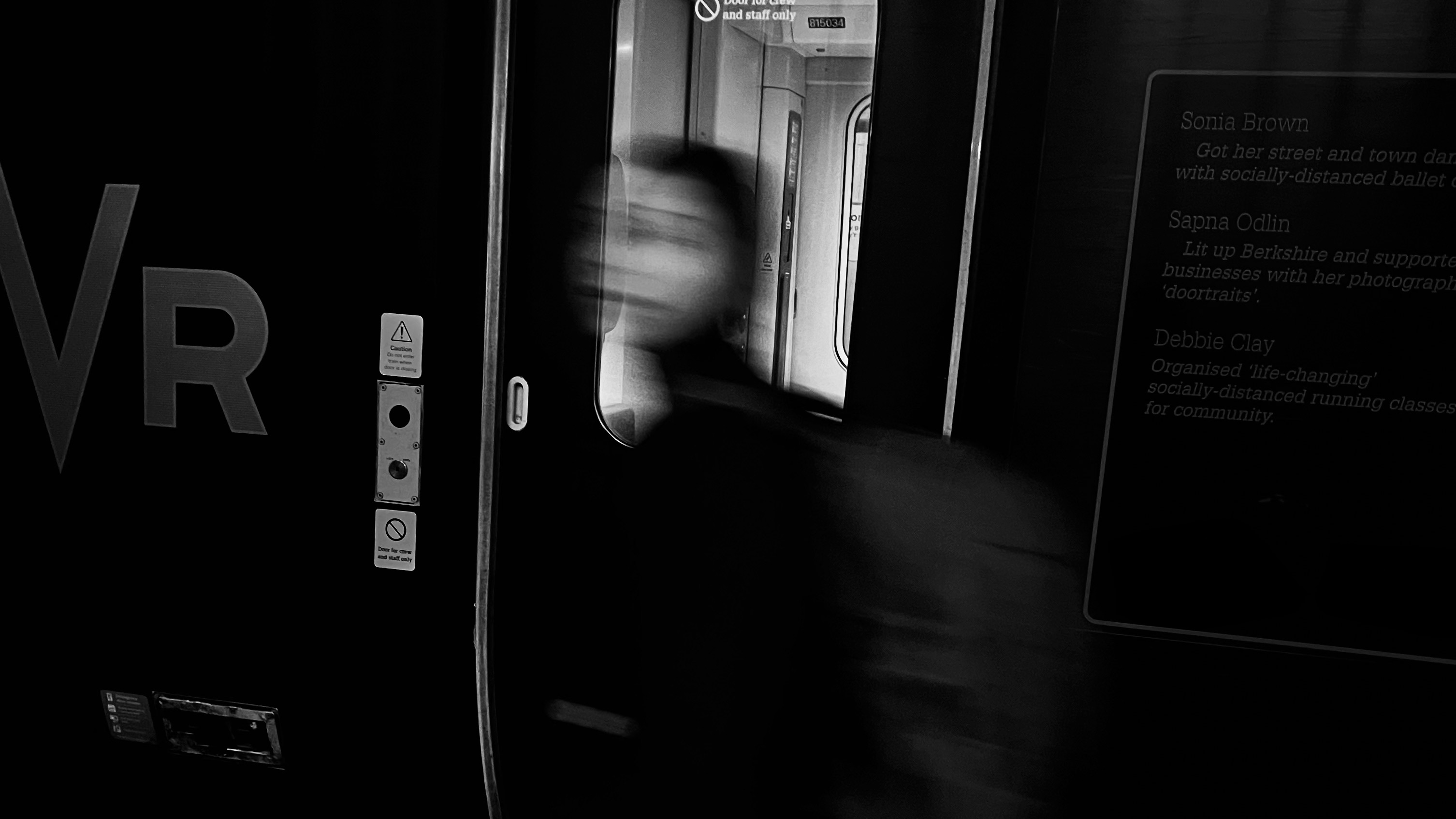Best camera with GPS: geotag photos and videos with these GPS cameras
The best cameras with GPS built-in enable you to record the exact location where your photos and videos were taken
The best cameras with GPS allow you to record the exact locations of where your images were taken. Using a built-in GPS module, these cameras will bake the location information into the EXIF data, giving you a precise record of your movements. This can be invaluable for all sorts of applications, whether to monitor wildlife locations, or just to provide a fun record of your travels.
Not all cameras have built-in GPS units – newer cameras increasingly tend to rely on a smartphone linkup instead, which can be quite fiddly and not always practical out on location. . For this guide, I've kept it simple and included only cameras that have their own GPS units built-in, to ensure you get the most accurate location data possible.
While GPS is a common feature of the best professional cameras, you'll also find it in some more affordable waterproof cameras and action cameras that are ideal for holidays. We've tested all the cameras on this list, and have used our findings to inform their placements in this guide.

The Editor of Digital Camera World, James has 21 years experience as a journalist and started working in the photographic industry in 2014. As one of DCW's principal testers, he has a thorough and detailed knowledge of the cameras selected for this guide.
The quick list
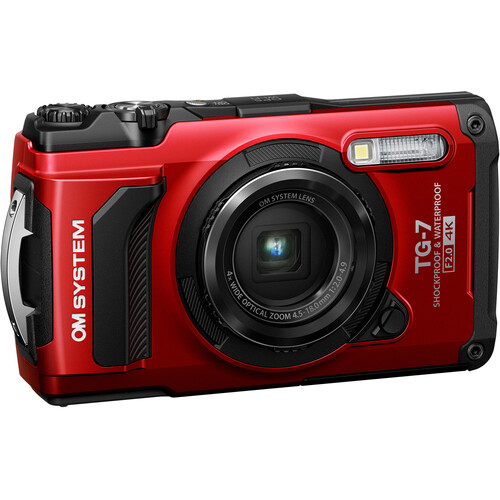
Best camera with GPS overall
This waterproof compact features GPS as part of a Field Sensor system. Excellent for travel and holidays, its price and usability make it the best option for most people.
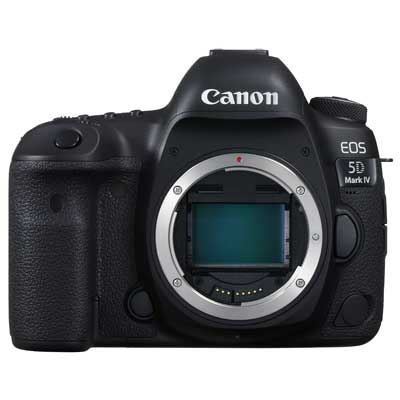
Best DSLR with GPS
A full-frame workhorse that has stood the test of time, the EOS 5D Mark IV delivers sublime image quality and benefits from one of the most extensive lens systems in the business.
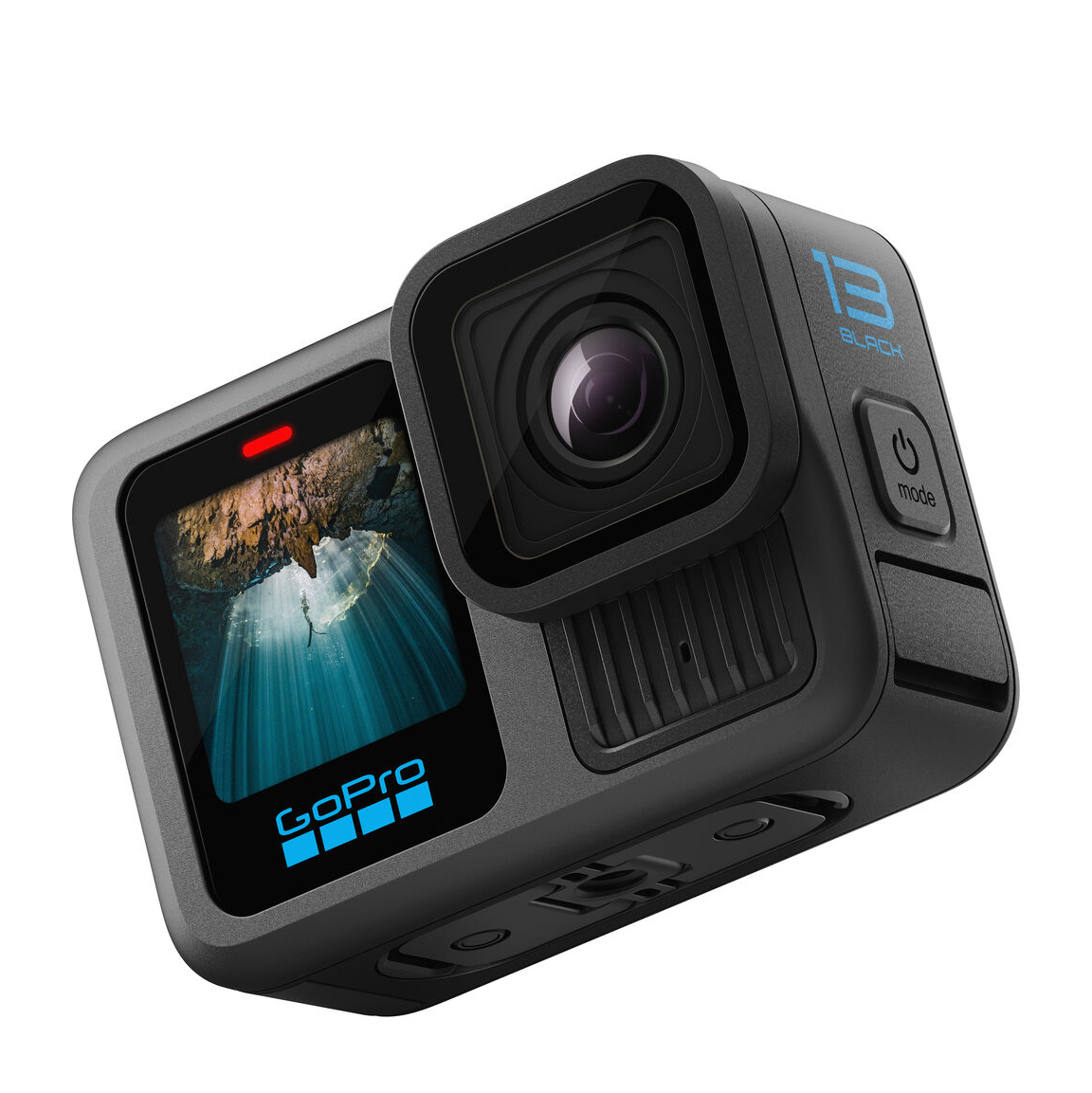
Best action camera with GPS
GPS is back! After the weird decision to omit GPS from the HERO12, GoPro corrects itself and brings it back for the newest and best action camera in the lineup.
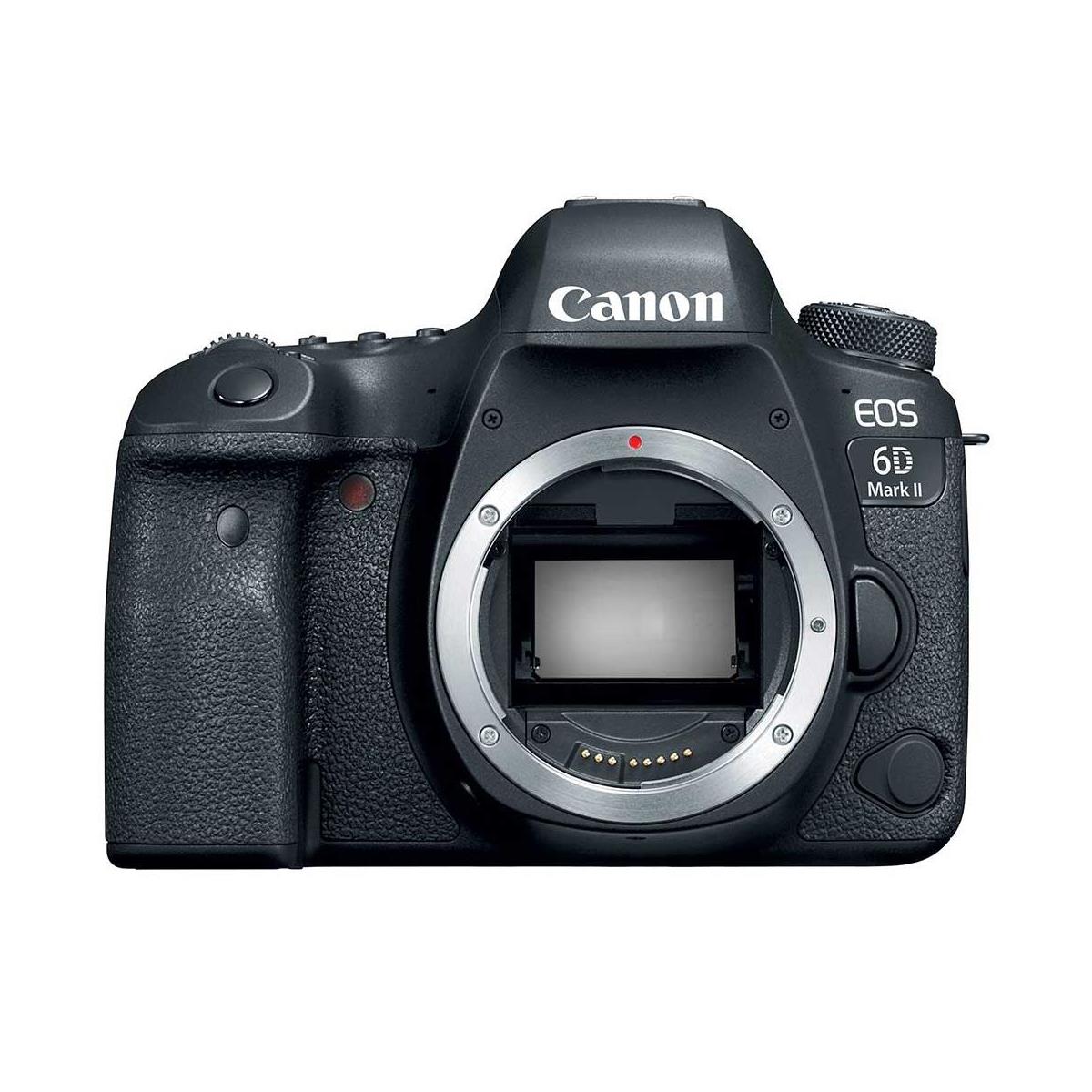
Though it's a few years old, the full-frame EOS 6D Mark II still delivers impressive horsepower – and offers great value for money, particularly if you buy second-hand.
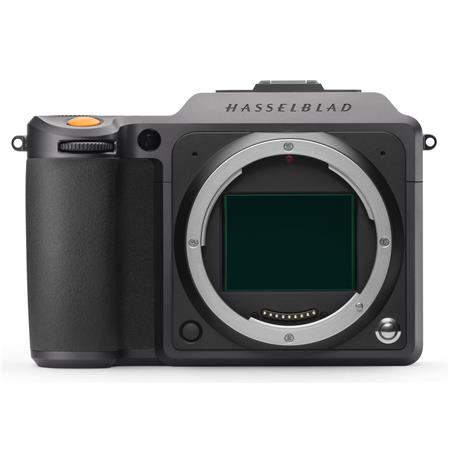
Though speed isn't its forte, the Hasselblad X1D II 50C has got quality where it counts, and produces simply jaw-dropping images – which can be tagged with location data.
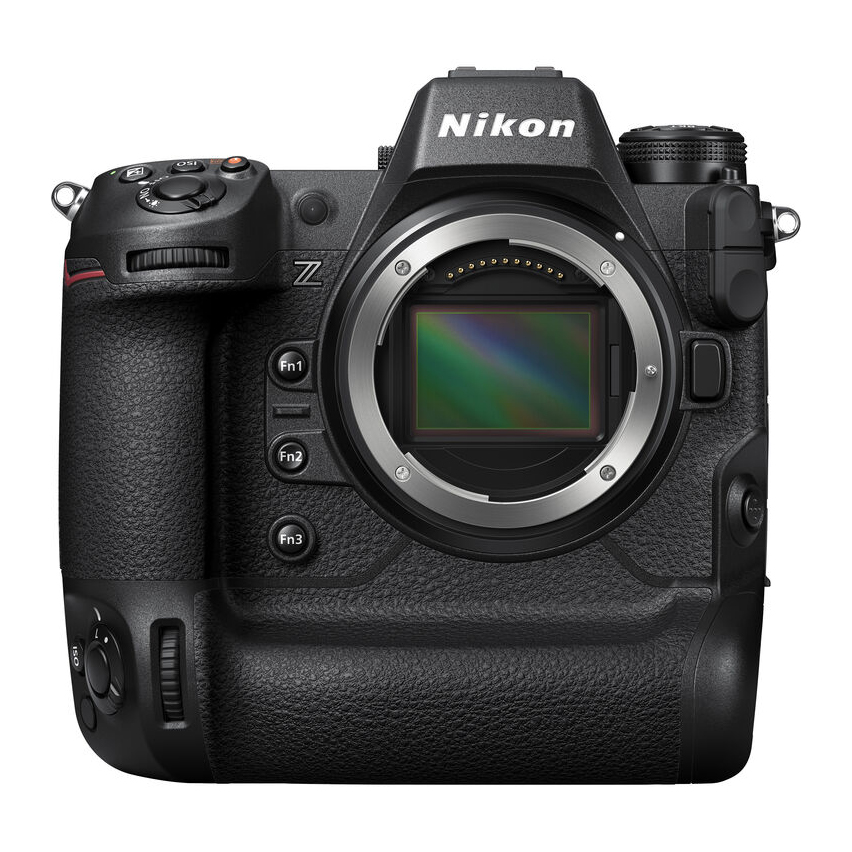
The pro-level (and pro-priced) Nikon Z9 certainly won't be for everyone, but it's one of the best photo/video hybrid cameras ever made. That's just a fact.
See more products
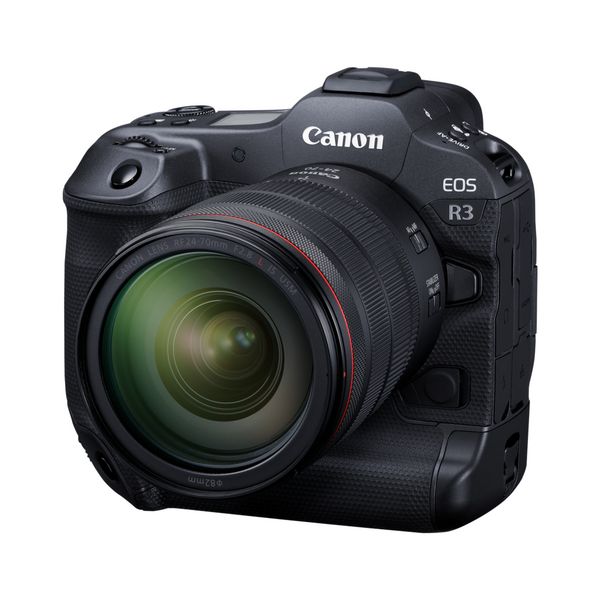
Best sports camera with GPS
Canon’s sporting superstar, for now, the EOS R3 is the only EOS R camera you can get with GPS, except for the next-generation Canon EOS R1, which is not yet widely available.
The best cameras with GPS in 2025
Why you can trust Digital Camera World
Best camera with GPS overall
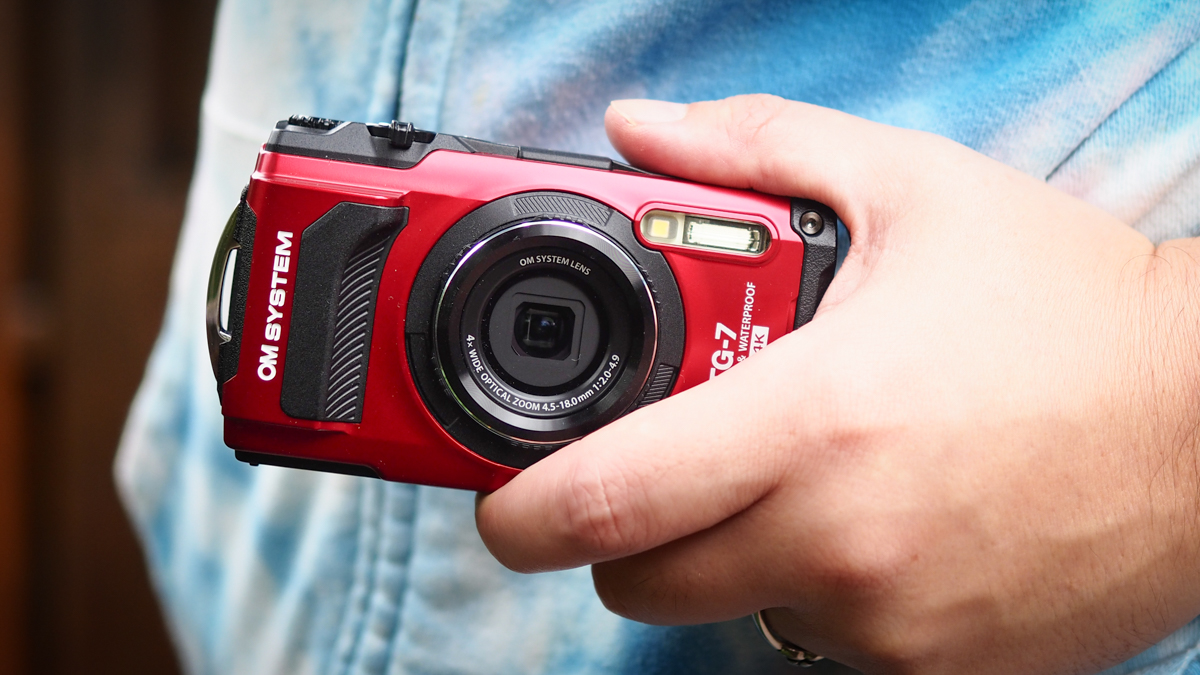
Specifications
Reasons to buy
Reasons to avoid
The OM System Tough TG-7 is one of the hardiest cameras around. Waterproof, shockproof, freezeproof and crushproof, it's designed to be able to take a pounding and keep on shooting. The seventh iteration in the TG series (formerly under the stewardship of Olympus, now OM System), it offers GPS as part of its full Field Sensor System, which also record things like temperature, altitude, water depth and filming direction. In terms of GPS tracking and logging functionality, it's pretty much unparalleled in the camera world.
In our review, the TG-7 impressed. It's not much of an improvement over the TG-6 – in fact, cynics might say it's not much of a change at all (it does add vertical video, at least). But the TG-6 was the best tough waterproof compact on the market, and the TG-7 retains that crown. With an optical zoom and an array of shooting modes, it's hugely versatile, and that waterproofing is second to none. Our reviewer kept his TG-7 immersed in a glass of water while writing his review, just to make the point, and it came up absolutely fine. For geotagging adventures, this hardy compact is realistically going to suit the majority of users, and that's why it's our top pick for this guide.
Best DSLR with GPS
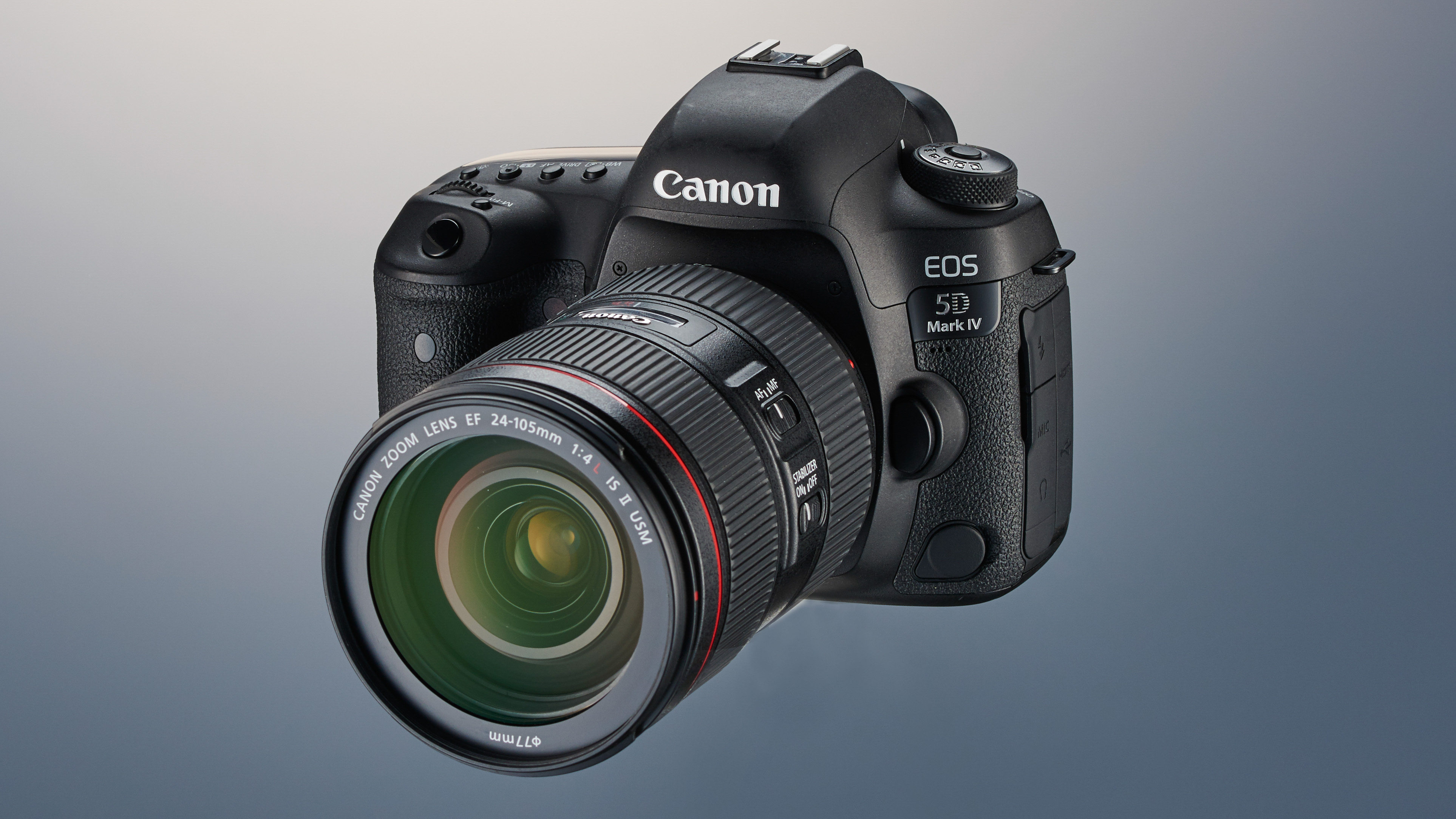
Specifications
Reasons to buy
Reasons to avoid
This camera has been trusted by enthusiasts and pros alike for years, and is still one of the most popular cameras on the market. Its 30.4MP sensor delivers crisp image quality with good noise control and dynamic range performance. The build, handling and ergonomics are great, bolstered by the weather sealing that makes this a camera that's instinctive to use even in challenging conditions. The 4K video is subject to a 1.64x crop, however, which can make it tough to get suitably wide-angle shots. It's also worth noting that the rear screen is fixed – not fully articulating nor even tilting, which can be annoying for those who prefer shooting in Live View.
Overall, though, the 5D Mark IV packs all the power of the mirrorless Canon EOS R but with the benefit of dual memory card slots – and, of course, a built-in GPS. It's also a more realistic option for most than the cutting-edge Canon EOS R3 – a mirrorless camera that does have GPS, but is priced to the point where it's realistically only an option for full-time photo pros. The EOS 5D Mark IV is a camera that's going to suit a broader range of users, and as such, it makes our list as one of the best interchangeable-lens cameras with GPS you can buy.
Read our full Canon EOS 5D IV review
Best action camera with GPS

Specifications
Reasons to buy
Reasons to avoid
GoPro caused a big fuss – probably bigger than they expected – with the decision to omit GPS from the HERO12 Black, after it had been featured on every entry in the series since the Hero 5. They explained to us at the time that it was a decision taken to improve the camera’s battery life by removing a feature that not many people were using anyway – but clearly they subsequently felt this to be a misjudgement, because when the Hero13 Black arrived, GPS was back, as though it had never left.
A good decision. More battery life is always nice, but considering that GoPros are so often used for travel, adventure and once-in-a-lifetime experiences, being able to geotag your images and videos just makes so much sense, arguably more than it does with a standard day-to-day camera.
So what else is new with the Hero13 Black? It’s all about the lenses. The sensor is pretty much the same as in the previous two generations – able to shoot 5.3K video in an 8:7 aspect ratio that makes it very tolerant to cropping into different formats, meaning you can easily share great-looking content to both TikTok and YouTube. The new HB Series lenses, however, are a different story. They only work with the 13 series, and allow you to radically alter your perspective. It gives you so much more versatility – our reviewer’s conclusion was that these lenses do more than anything else to assure GoPro’s status as the future of action cameras.
Of course, they cost money. Everything does, naturally, but equipping your GoPro Hero13 Black with all the new stuff GoPro are offering, and taking out a subscription, too, will set you back a considerable chunk of change.
Read our full GoPro HERO13 Black review
GoPro Subscription explained: what you get, and is it worth it
Best secondhand camera with GPS
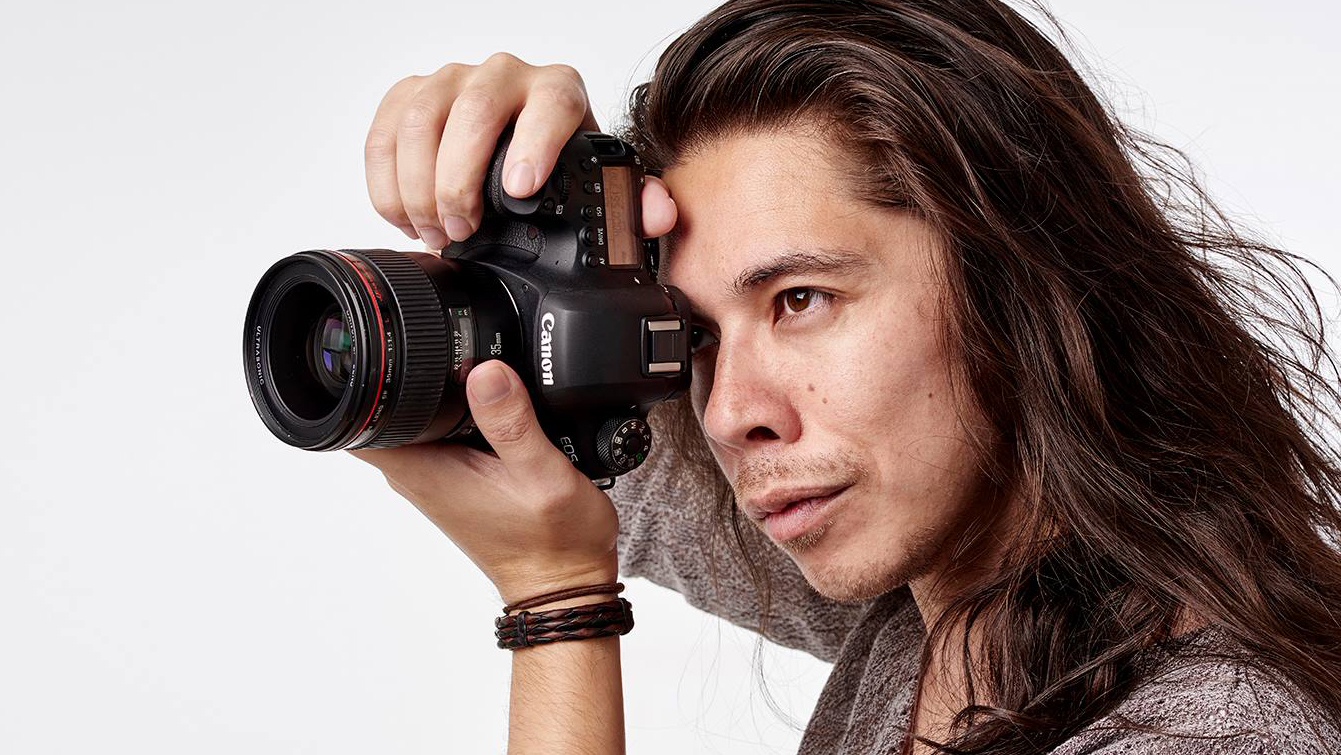
Specifications
Reasons to buy
Reasons to avoid
A popular go-to for photographers seeking their first full-frame camera, the Canon EOS 6D Mark II is a great all-round performer – and has a big benefit over rivals, as it has GPS built-in. Quite a bit cheaper than the EOS 5D Mark IV featured above, it similarly boasts a full-frame sensor, albeit with a lower resolution of 26.2MP and no 4K video to speak of. It adds in stabilisation for movies too – though it's only digital, rather than being a full physical sensor-shift system.
When we reviewed the EOS 6D Mark II, it was one of the best all-rounder cameras available. Time has certainly marched on since then, however, the EOS 6D Mark II still puts in a solid performance. Image quality is great, the autofocus works well, and 6.5fps burst shooting isn't too shabby. For someone looking to make the jump to a larger sensor, the 6D Mark II delivers impressive horsepower for the money, especially if you look for a second-hand or refurbished model. Committed enthusiasts will be able to squeeze serious mileage out of it, and take advantage of its built-in GPS module to log their exploits.
See our original Canon EOS 6D II review
Best medium format camera with GPS
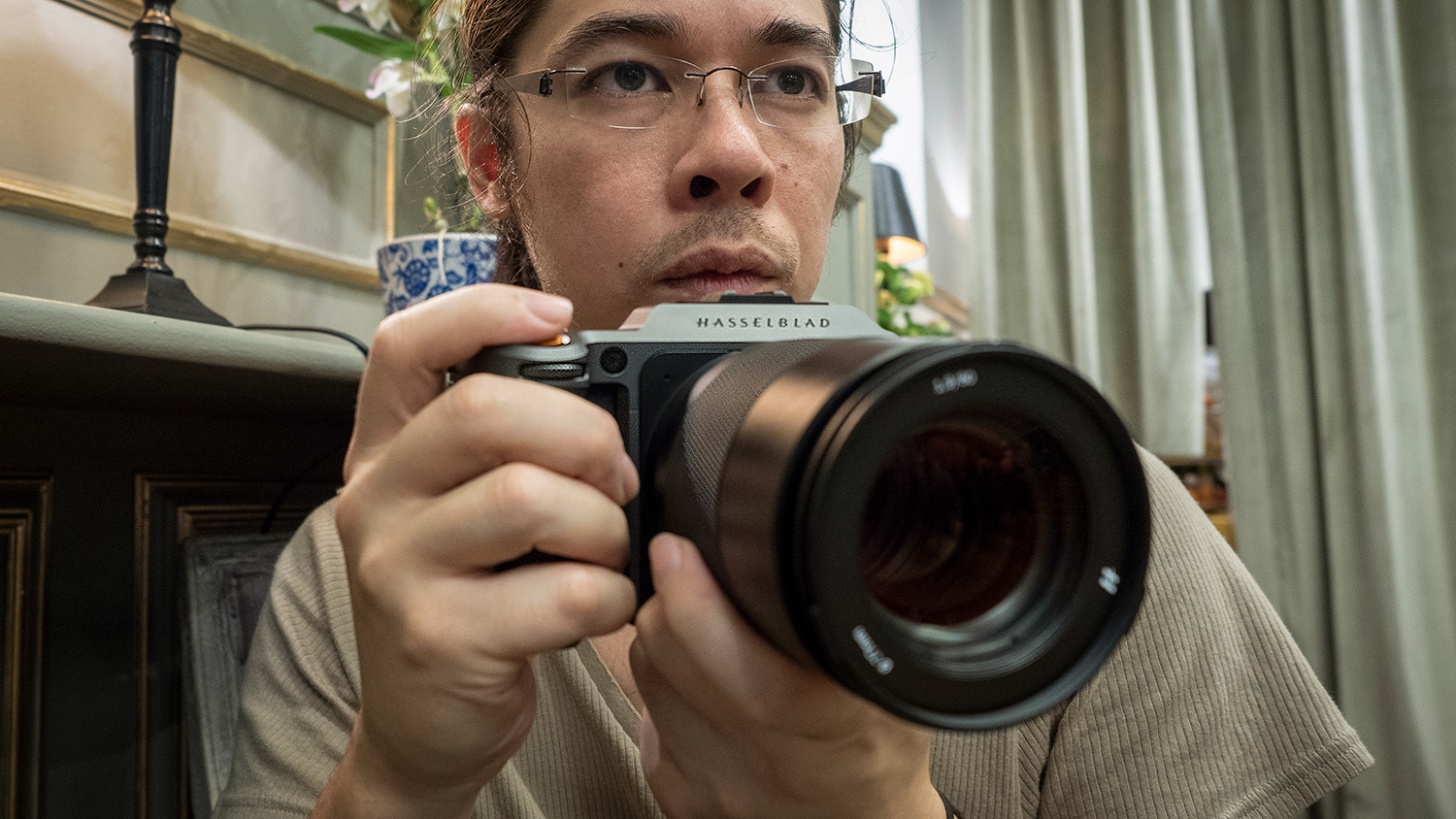
Specifications
Reasons to buy
Reasons to avoid
Where the original Hasselblad X1D 50C required a GPS module to be mounted to the hotshoe, the X1D II now has the technology integrated into the body – which, for the price, you would expect! It employs dual GPS and GLONASS (Global Navigation Satellite System, the widely adopted GPS alternative) satellite systems for improved accuracy, befitting the medium format standard of this camera. It also has other connectivity options like Wi-Fi and Bluetooth, as well as a USB-C connection that can be used to top up power in the event of a battery emergency.
As we said in our full review, if you are looking for the best camera with GPS for sheer image quality, the Hasselblad X1D II 50C has to be it. The image quality here is simply stellar – particularly the dynamic range. The richness of the color rendition, and the uncanny clarity of every detail – it is quite simply breathtaking. For precision, tripod-based shooting and fingertip focus, this is an extraordinary machine. Sadly some of the other tech here isn't so impressive, such as the glacial autofocus and 2.7K video. If you can live with a slower pace of shooting, the X1D II 50C offers a sublime image-making experience.
Best mirrorless camera with GPS
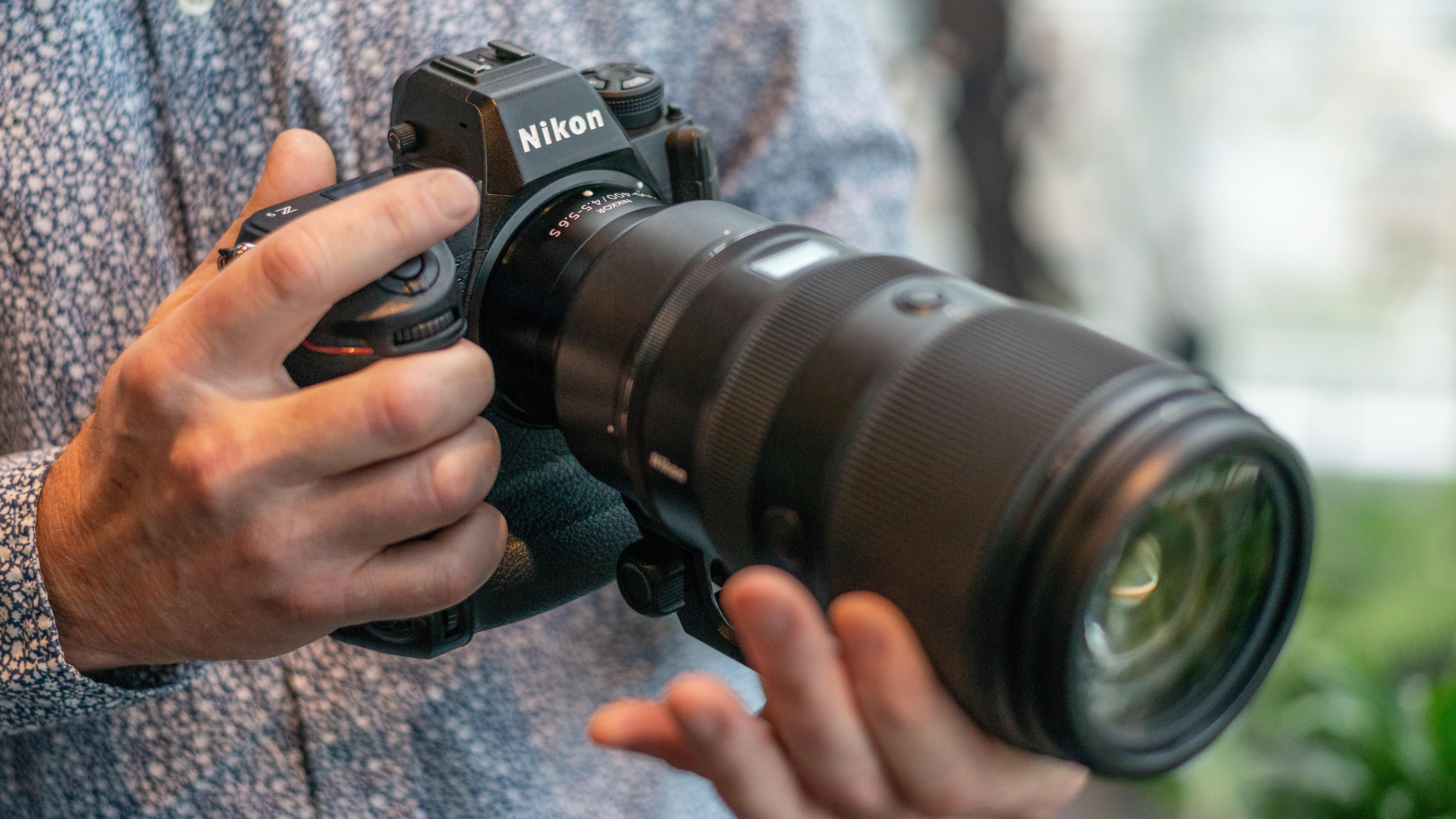
Specifications
Reasons to buy
Reasons to avoid
Nikon arguably missed a trick by not including GPS on its outdoorsy, wildlife-friendly Nikon Z8, which in many other respects is a slimmed-down version of the flagship Z9. (Yes, you can do it if you pair the camera with SnapBridge, but that's fiddly to do when you're out in the wild.) We suppose the cuts had to come somewhere, but ultimately, if you want built-in GPS on a Nikon Z camera, your only option is the beautiful, outrageously-fast Nikon Z9.
This pro-spec mirrorless camera is designed to do just about everything. Its maximum burst rate is an incredible 120fps – albeit at a dropped resolution of 11MP. At full-res 45.7MP RAW, however, the camera still manages a pretty snappy 20fps. All this is aided by a preternaturally good Deep Learning autofocus system that gets better as you use it.
When we first reviewed the Nikon Z9 we said it had a real case for itself as quite simply the best all-purpose hybrid camera on the market. Even now, with a few releases having arrived since, that's still arguably true. Professional photographers and videographers alike (let's not forget the fact that the Nikon Z9 can shoot 8K 30p video for hours on end) can use this camera for just about anything. And, thanks to its built-in GPS, they can also embed their images with pin-point accurate location data.
Best sports camera with GPS

Specifications
Reasons to buy
Reasons to avoid
Canon has mostly stripped GPS away from its mirrorless range, hence the presence of some of its DSLRs on this list. However, you can get GPS on the EOS R mirrorless series – you just have to opt for the top-end professional cameras. The EOS R3 is a sports-focused pro camera just like the Nikon Z9, with a beefy burst rate, blackout-free shooting, 6K video and more – all with a built-in GPS module for geotagging.
A superlatively fast camera, the Canon EOS R3 is one of the best options for sports and action shooters who want a GPS-enabled camera. While it lags behind the Z9 in terms of raw resolution, its incredible speeds thanks to the stacked, back side illuminated 24.1MP sensor mean you can nail the shot again and again.
The Eye Control AF also genuinely works, allowing you to place the focus point in the frame via the movements of your eye in the viewfinder. Combine this with the excellent subject-detection autofocus performance and you have a camera with a supernatural-seeming ability to grab hold of your subject and produce sharp image after sharp image.
This isn’t the newest sports camera in the Canon range – that honour belongs to the next-generation EOS R1, which also sports GPS capability. However, with that camera still on pre-order in most territories, the excellent EOS R3 is still our pick for this list as a camera you can actually get hold of – and it’s still a camera that’s realistically going to do everything a pro shooter needs, and more.
Read our full Canon EOS R3 review
How to choose the best cameras with GPS
GPS, when you get down to it, is a fairly simple feature – generally, cameras either have it or they don't. That means, rather than thinking about the specifics of the GPS itself, the best thing to do is to think about what type of camera it is you want. Do you want to be able to change lenses, or will a fixed prime or zoom lens suffice? Think about whether you need waterproofing – this is a common requirement for those looking for GPS-enabled cameras, as they tend to be looking to log their holidays or other travels. If that's you, a tough compact or an action camera will fit the bill.
However, if you're looking for GPS from more of a professional perspective – perhaps you're a journalist or documentarian who needs a precise log of where each image was taken – then you're best off with one of the more sophisticated interchangeable-lens cameras on this list.
How we test cameras with GPS
At DCW, we put every camera that comes through our doors through the same battery of testing and analysis. Our team of expert photographers, videographers and writers use a series of scientific lab tests to measure how a camera performs. For mirrorless and DSLR cameras, we focus on resolution, dynamic range and noise performance. For things like action cameras, such as the GoPro Hero11 featured in this guide, it's more practical (and more relevant to the userbase) to focus more heavily on real-world performance.
This means doing something all our reviewers love getting to do – taking a camera out into the world and testing how it feels to use. This includes looking at features like GPS – if a camera advertises itself as having GPS, how well does it work? Is the signal consistently reliable? Is the option easy to find, and does the data embed itself reliably in images/videos?
If you're interested, you can learn more about how we test at Digital Camera World.
FAQs
What is GPS?
GPS, which stands for Global Positioning System, is a means of determining the location of a specific point on Earth, within a reasonable degree of accuracy. It works via a system of more than 30 satellites owned and operated by the United States government – though you don't need to be affiliated with said government in order to use it. You just need a GPS receiver.
If a GPS receiver is within line of sight of at least four of those satellites, the system is able to accurately determine its geolocation. Some receivers are more accurate than others – the ones in commercially available smartphones are quite a bit less sophisticated than those used by the US military.
Do you need the internet for GPS to work?
No. GPS works completely independently and does not require an internet connection in order to function.
Read more:
Best professional cameras
Best travel cameras
Best action cameras
Best waterproof cameras
Get the Digital Camera World Newsletter
The best camera deals, reviews, product advice, and unmissable photography news, direct to your inbox!

James has 22 years experience as a journalist, serving as editor of Digital Camera World for 6 of them. He started working in the photography industry in 2014, product testing and shooting ad campaigns for Olympus, as well as clients like Aston Martin Racing, Elinchrom and L'Oréal. An Olympus / OM System, Canon and Hasselblad shooter, he has a wealth of knowledge on cameras of all makes – and he loves instant cameras, too.
